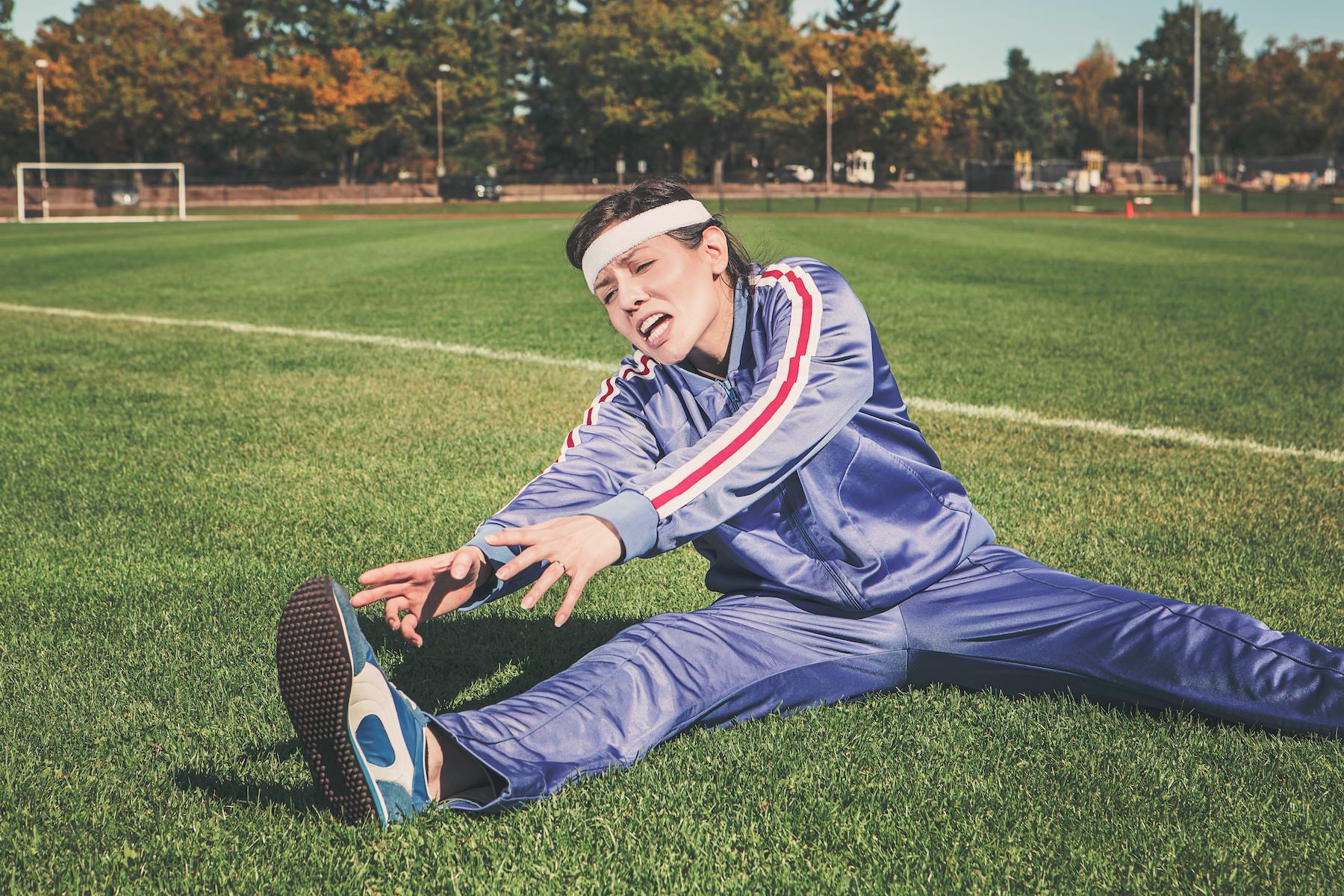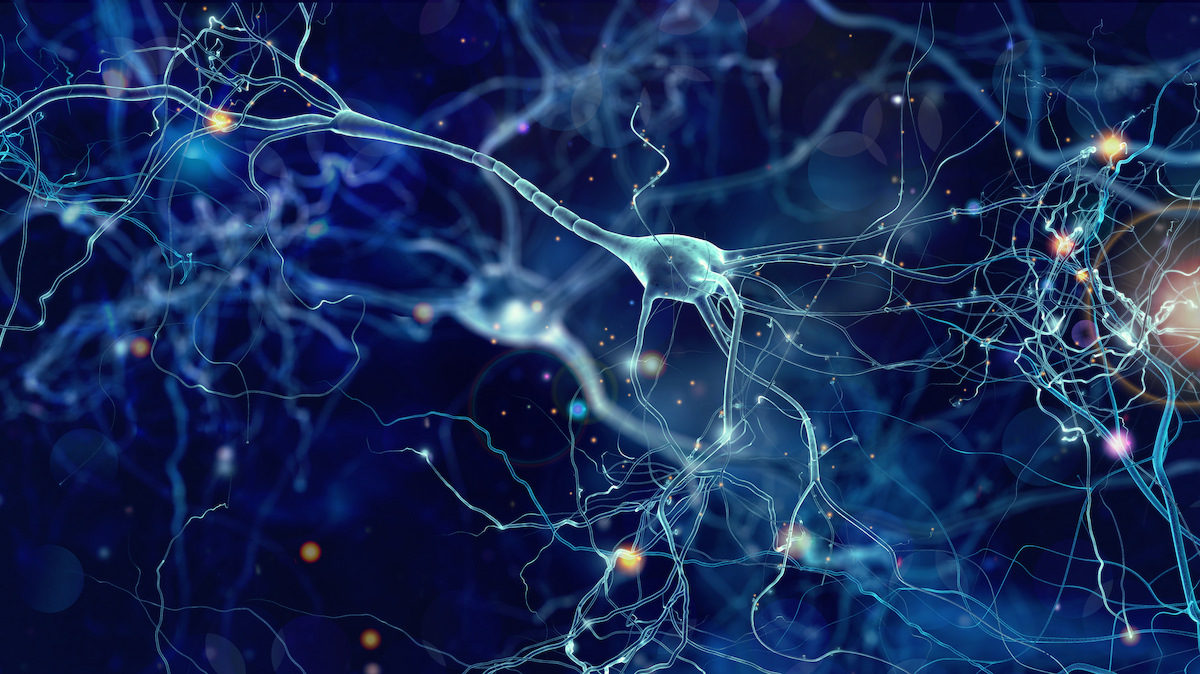Why Your Rehab Exercises Fail You Part 2

In the previous blog of “Why Your Rehab Exercises Fail You Part 1”, we discussed 5 rules that are required for optimal neuroplasticity. We mentioned that in order to form new connections within our brain as we perform rehab exercises, we need to a) use it or lose it, b) use it and improve, c) be specific, d) perform multiple repetitions and e) modify the intensity. If we have been given corrective exercises from our therapist, it is imperative that we give it salience to our daily lives for that change to have longer lasting effects, if not permanent!
We must again point out that neuroplasticity is not always a positive change. It is not always a negative change either. Neuroplasticity just is! It has no consciousness. It just occurs depending on what stimulus is given to it. If a pleasant stimulus, such as a soothing smell from an essential oil bottle, is perceived in the nervous system, then the nervous system responds accordingly by relaxing muscle tone, calmer emotions, maybe less pain, etc. If the stimulus is threatening enough, such as very unpleasant deep tissue therapy massages, then the nervous system would negatively respond by making muscles tight, increased perfusion, increased heart rate or blood pressure and more. If either one of these stimuli are applied frequently, along with the 5 rules mentioned above, then neuroplasticity will kick in accordingly.

It does not stop there though. Below are 5 additional rules for neuroplasticity that play just as an important role as the first rules mentioned earlier. Let us dig some more!
1. Time
Time is directly tied to intensity and the most profound effects of neuroplasticity occur within the first 2-3 days. It all depends on the context if it will be a simple change or a long- term change. When the nervous system receives a new stimulus at a given intensity from an exercise, it would require a lot more energy to learn and adapt. So, the first 2-3 days are usually more calorically expensive for the nervous to take in that new stimulus until, adaptations have occurred. The more our nervous system adapts to a stimulus, the less the stimulus itself becomes effective. Until of course we increase the load of the stimulus
2. Importance
How important is this to you? How much does getting rid of your pain mean to you? Can you live with the pain or does it affect you so much that your mind cannot get off it? If we do not give salience to our rehab routine, then our brain will not care much for pain relief either! Primary drivers for plastic change happen with salience and intensity as mentioned above. That is why it is imperative for therapist to assess and re-assess your movement and pain levels immediately after an exercise is given. Therapists need to ensure what they prescribe for pain relief relieves pain and discomfort and above all improve movement!
3. Metabolic Issues
As mentioned before, our brains need fuel (oxygen and glucose) for it to work properly so it would make sense that anyone with a metabolic dysfunction such as thyroid issues, blood sugar problems, endocrine dysregulation, may experience a delay in the healing process of an injury. Breathing greatly is affected from metabolic syndromes so changes in aerobic capacity occur and blood circulation to the brain is also altered. Changes in nutrition is also another factor to consider! We need to consume enough carbohydrates to keep our glucose levels at an appropriate state to prevent fatigue of the nervous system as well as the ability for plastic changes to continue. Keep the protein and carbs up but maintain fats at a low level.

4. Cross Education Effect of Opposing Sides of the Body
Did you that performing exercises on one side of the body, the other side loves it? Through the spinal cord, when one side of the body moves, the other side stabilizes. If, for example, you carry your grocery bag with your left arm, your right abdominal wall will contract hard enough to maintain balance throughout the body and allow the left arm to do its job. When a person fractures an arm or a leg, we would perform exercises on the opposite side of the body that would enhance the healing process of the fractured limb. In a 2009 study by Marius S. Fimland, “Neural adaptations underlying cross-education after unilateral strength training”, we found that the concept that enhances neural drive to the contralateral agonist muscles contributes to cross-education of strength. So that in turn means that neuroplasticity would be further enhanced if we consider training the opposite side of the body when the other side experiences pain or discomfort.
5. Beware of Neural Conflict
If we are looking to improve a skill in our nervous system, we must ensure that other skills do not disrupt plastic changes. We must focus on one skill at a time. For example, if someone experiences shoulder pain when reaching overhead but also when reaching for his lower back or back pocket, focus must be placed more on one of these skills rather than at the same time. Again, whatever we focus on, we make more of! Neuroplasticity, focusing on improving one skill or activity, would occur in a much faster rate than it would if we would focus on multiple skills at the same time.
These are the principles of neuroplasticity that we know so far with our current literature. As you can see, many factors play a role to plastic changes and if we are looking to create longer lasting effects from our rehab training, or even fitness training, these fundamental principles must be considered. Rehab exercises must be given to injured people that do not require much energy and time in their daily lives. Most injured people going through a rehab protocol often get bored or simply skip the work because its either too hard and complicated, too boring, or provide no long-lasting effect, if not any. Therapeutic exercises made simple and fun enough to provide positive changes must be tailored to a person’s daily routine and should be performed multiple times a day. This would help motivate people to do better at their desired skills and would seek ways with their therapists to further progress in their rehab training.
CONTACT FORM
If you have a question or need assistance, please send us a message using the form below. Please be as descriptive as possible when submitting your message.